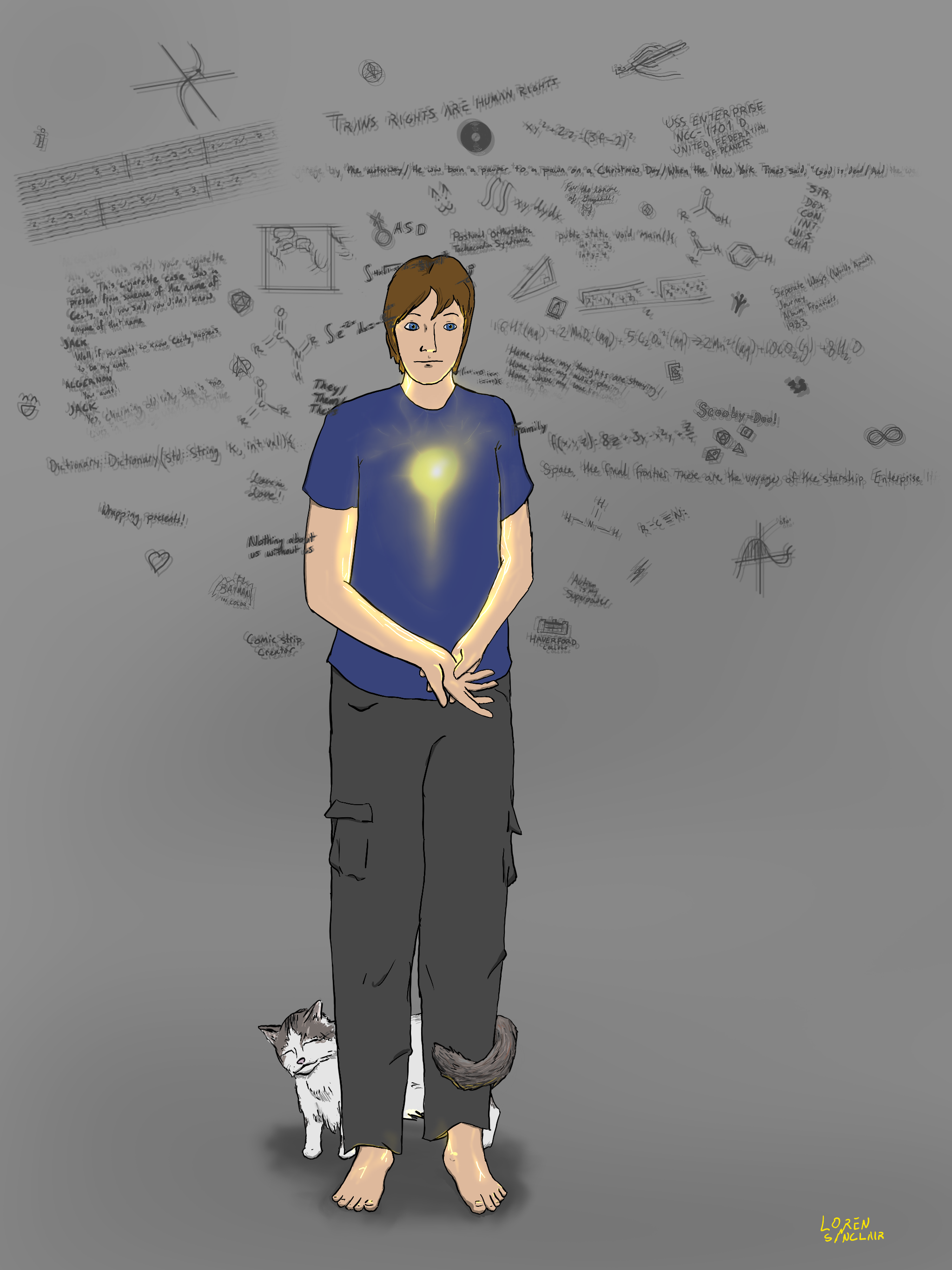Sex Work and Freakshows
By lenasolanoFebruary 11, 2023 - 19:41

Though it was only mentioned briefly in Freaks and Queers, I was very interested by the parallel drawn between working as a freak and working as a prostitute (Clare 92). Capitalism, and the bigotry it breeds, has been credited again and again with the creation and definition of disability. Any perceived deviation from the norm leaves an individual or group vulnerable to exile into the fringes of society. Once you’re isolated and assigned an undesirable label, there’s only so much you can do to survive. Unfortunately, this often requires some form of self-exploitation.






 Facial Prosthetics from WWI, as well as more recent prosthetics!
Facial Prosthetics from WWI, as well as more recent prosthetics!

